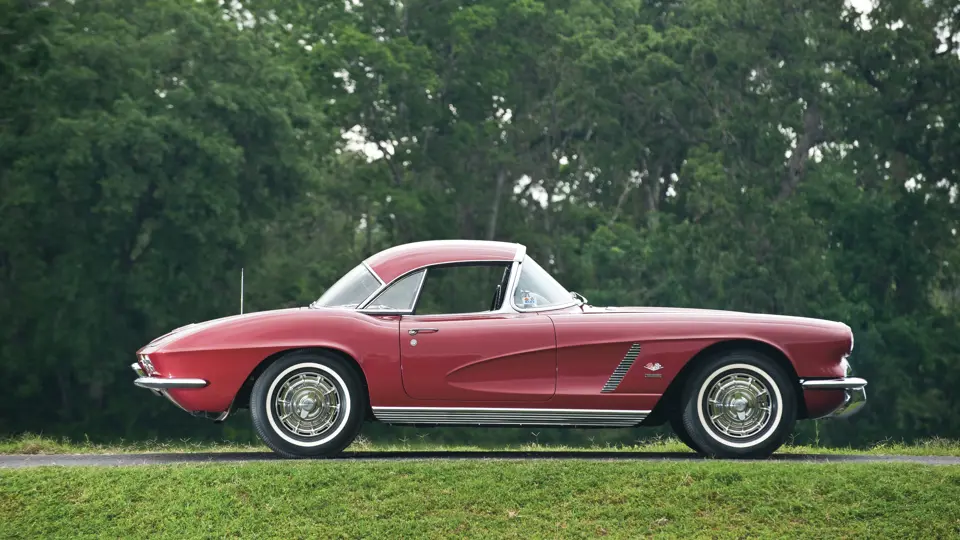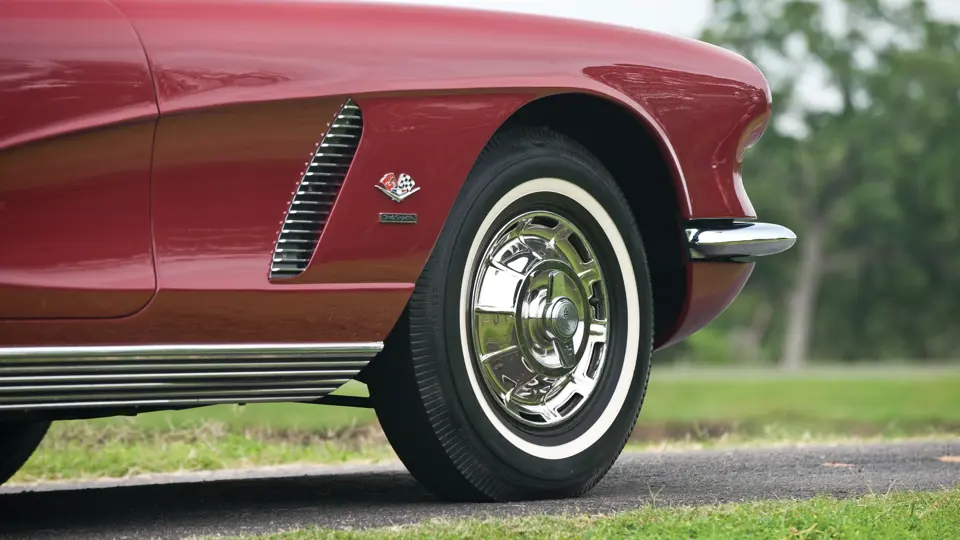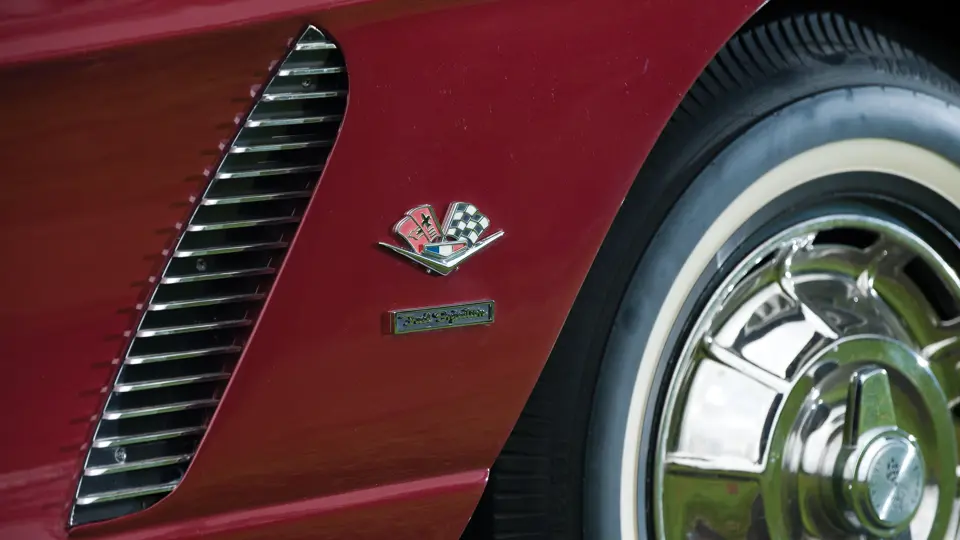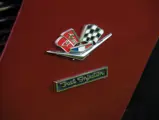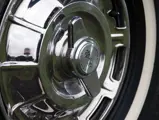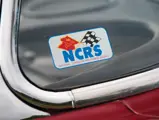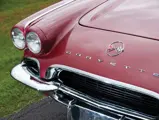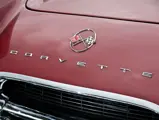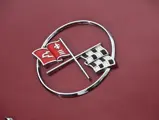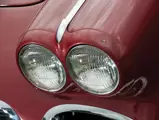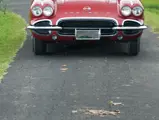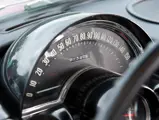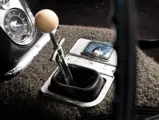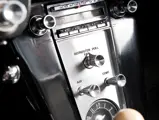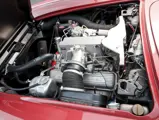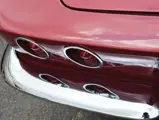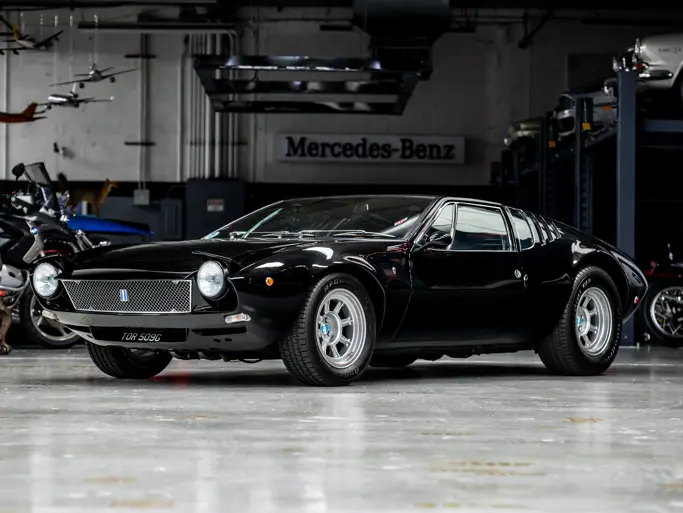360 hp, 327 cu. in. fuel-injected V-8, four-speed transmission, independent front suspension with upper and lower A-arms, leaf spring live axle rear suspension, and four-wheel hydraulic brakes. Wheelbase: 102 in.
Launched in 1956, it was the second series cars that earned Corvette the title of “America’s Sports Car.” The clean good looks of Harley Earl’s new body struck a chord with the American public, and the new design was soon outselling the older style, even at its peak, by a margin of three to one. The big news from Corvette in 1962, which represented the final year of the first-generation models with solid rear axles, was the enlarged 327-cubic inch V-8. This 15 percent increase in engine displacement brought with it a meaningful jump in both horsepower and torque, rendering the Corvette even easier and more fun to drive. The Corvette gained a competitive edge on the racetrack, and it was a winner on the sales floor as well, with 1962 sales fully one-third higher than 1961 levels.
Under Zora Arkus-Duntov, the Corvette team had plenty of high-performance parts under the shelf to support the growing number of racers, even as they worked feverishly on the upcoming Sting Ray. In 1962, the most-powerful Corvette engine was the regular production, order number 582, fuel-injected 327 V-8, now offered in just one very highly developed state of tune with a hot solid-lifter camshaft, free-breathing cylinder heads, and the proven Rochester mechanical fuel-injection unit. Amazingly, 1,918 Corvette buyers, representing 13 percent of total production, opted for this relatively expensive option in 1962, paying an additional $484.20 to enjoy the growing mystique and performance of the “fuelie.”
Restored with the body off the frame, this is one of few fuel-injected Corvettes in the collection, and certainly one of the best. The restoration efforts were rewarded with an NCRS Top-Flight Award, with the judging records included with the vehicle. It retains the correct RF code, numbers matching, 360 horsepower, fuel-injected 327 engine. Other features include a hardtop with a power soft top, a Wonderbar radio, and a 3:70 posi-traction rear axle. Pictures and receipts of restoration are also on file and make this Corvette wonderfully complete.


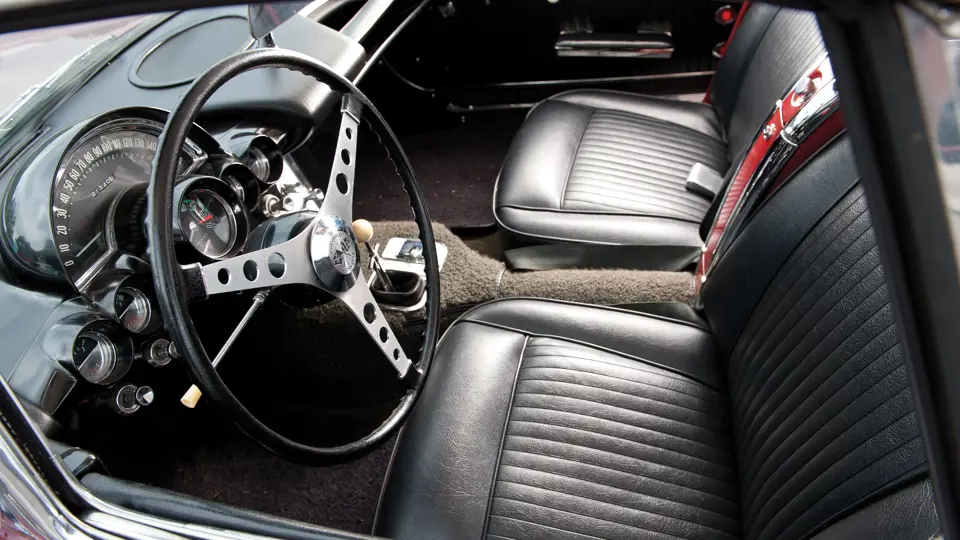


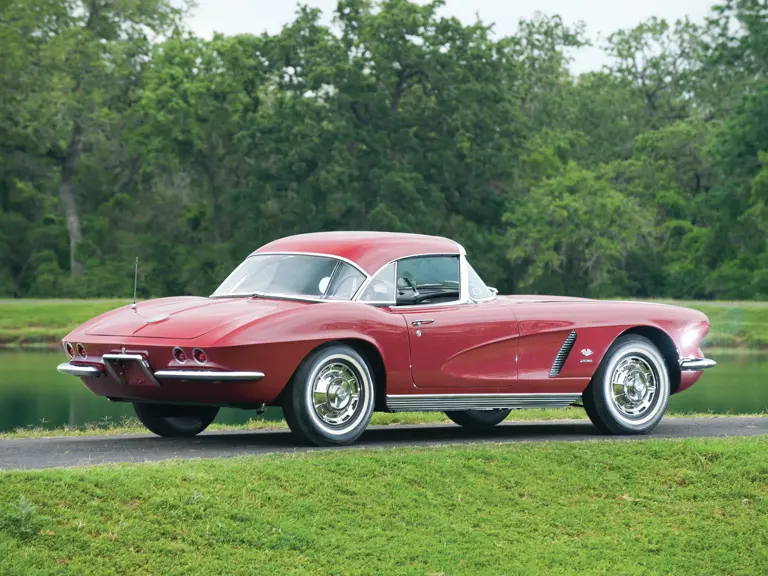
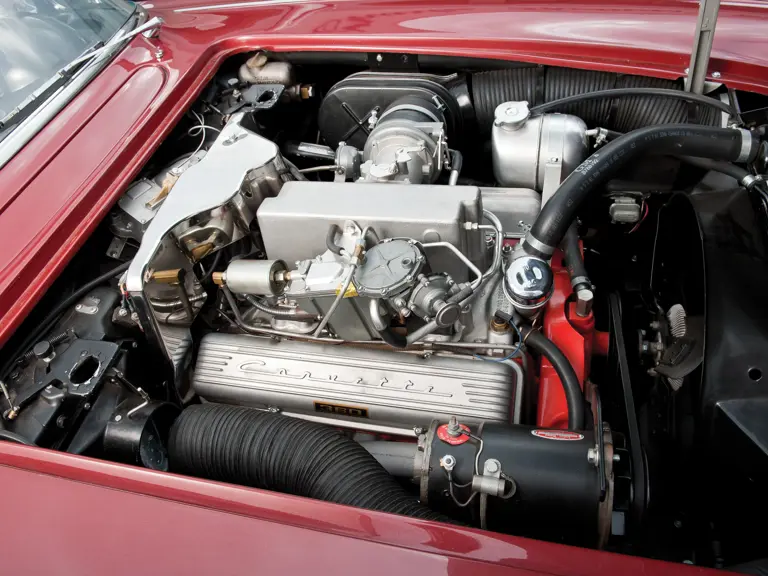
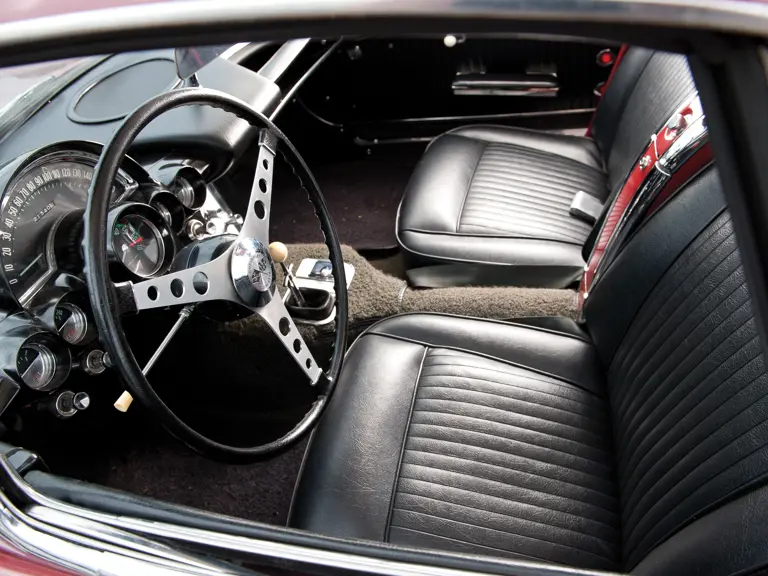

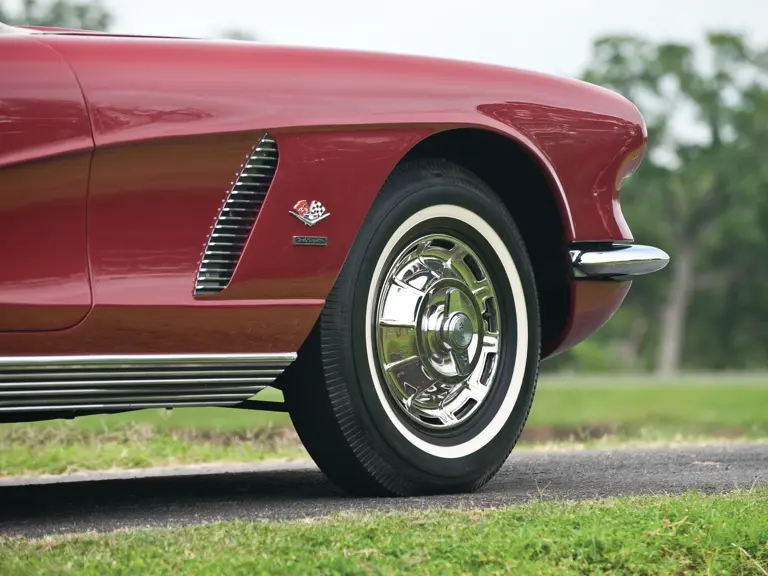
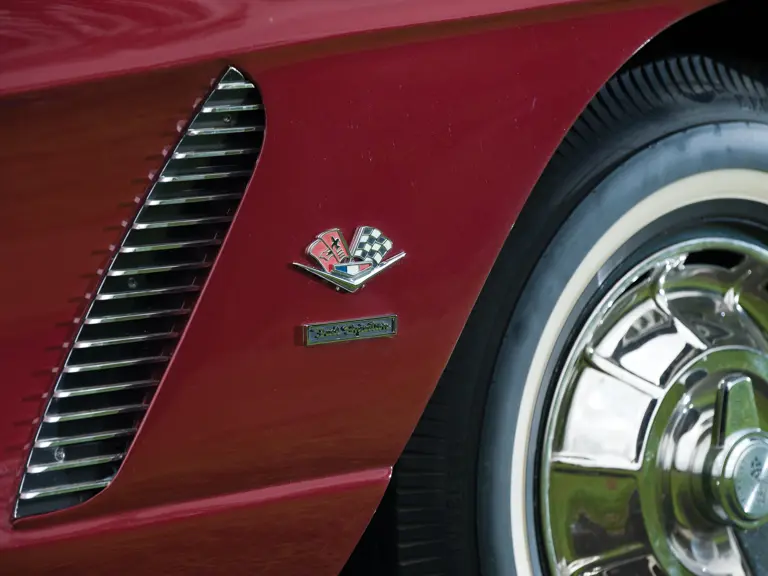
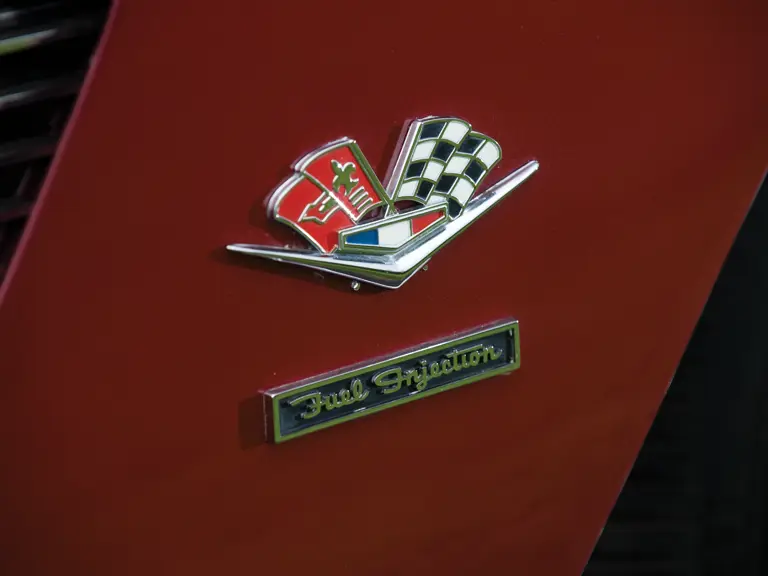
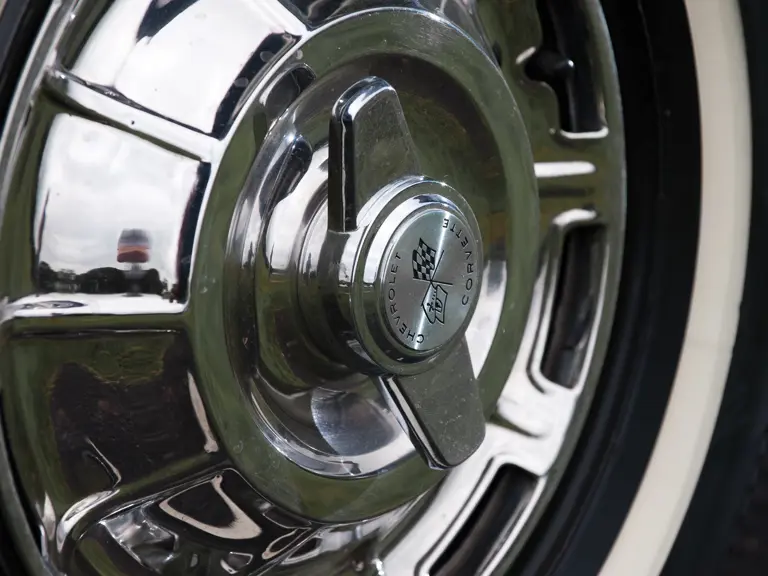
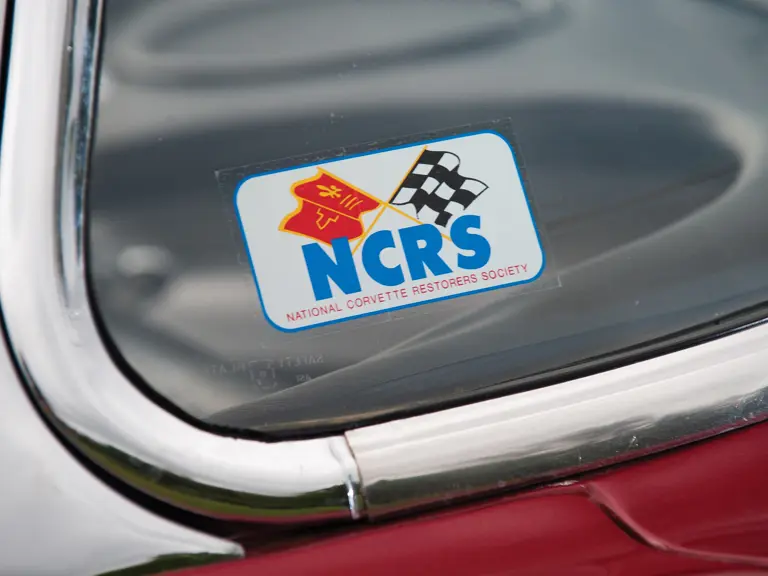
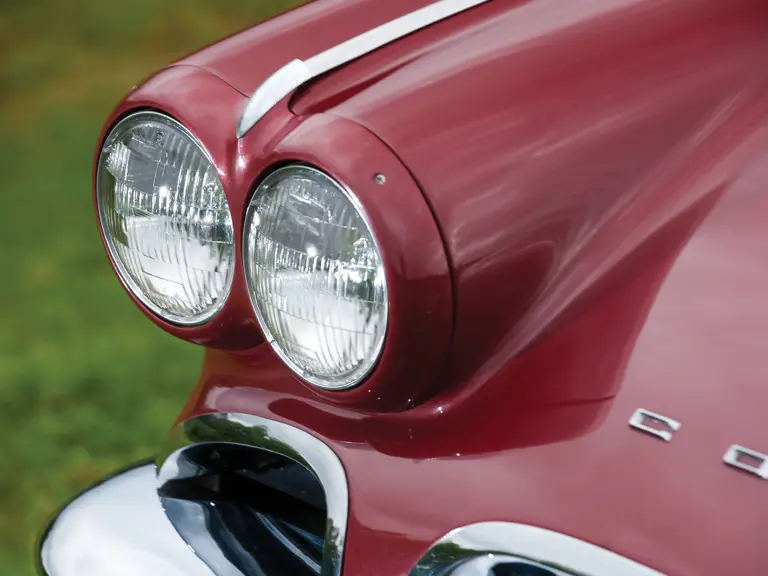
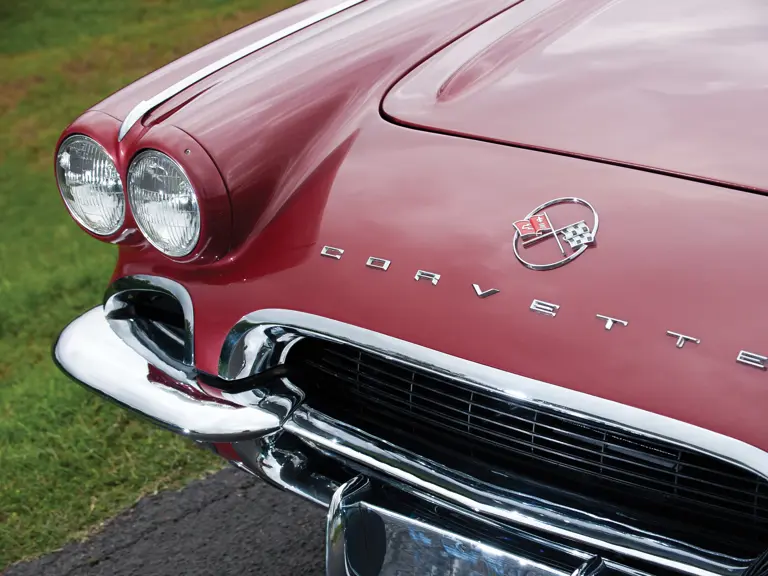

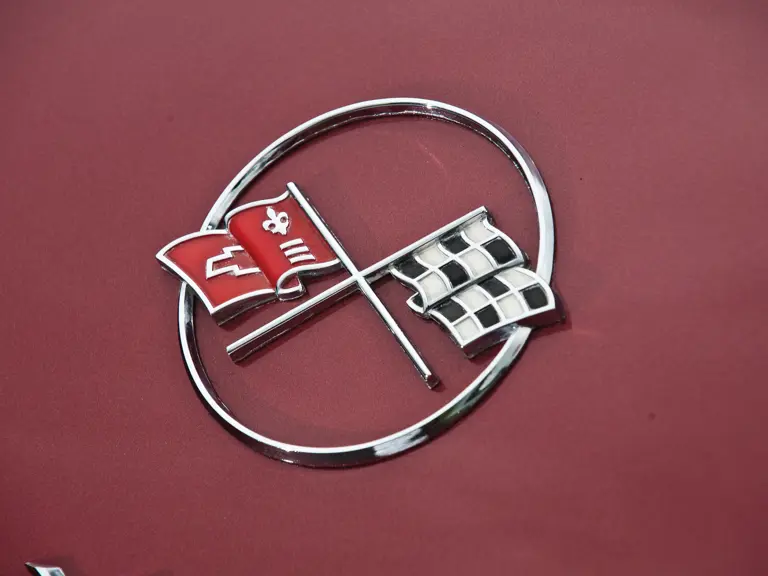


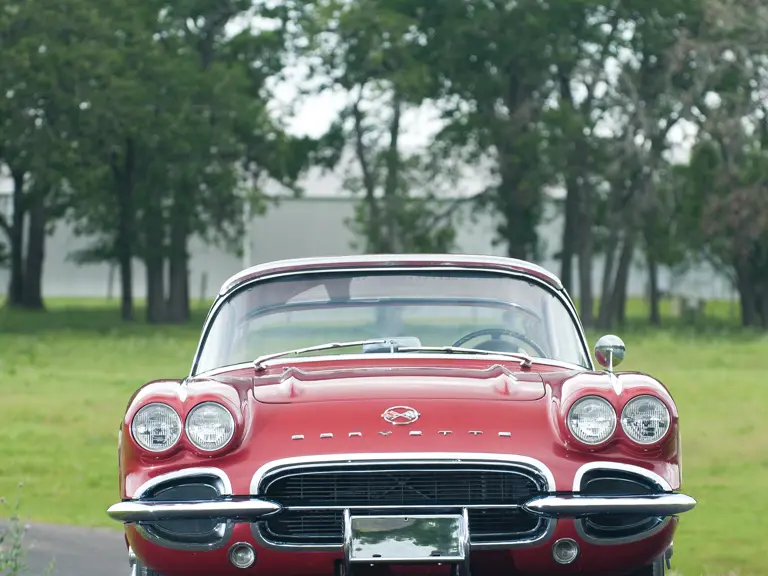
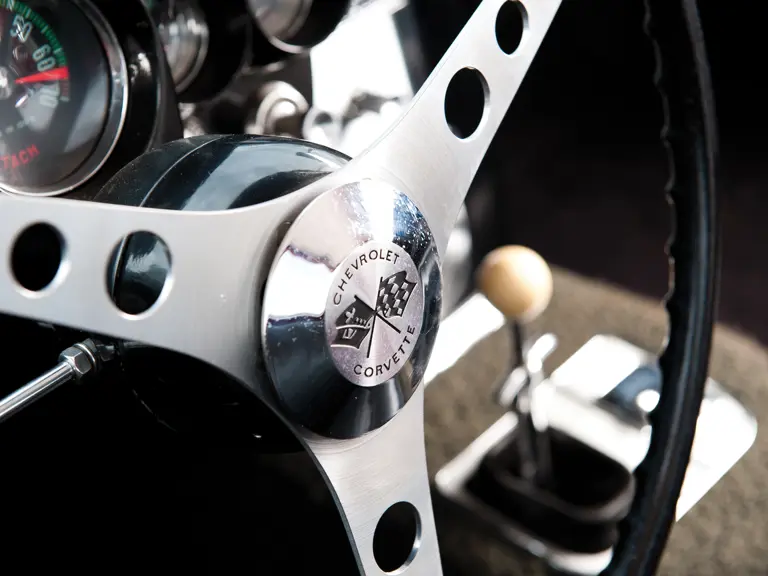
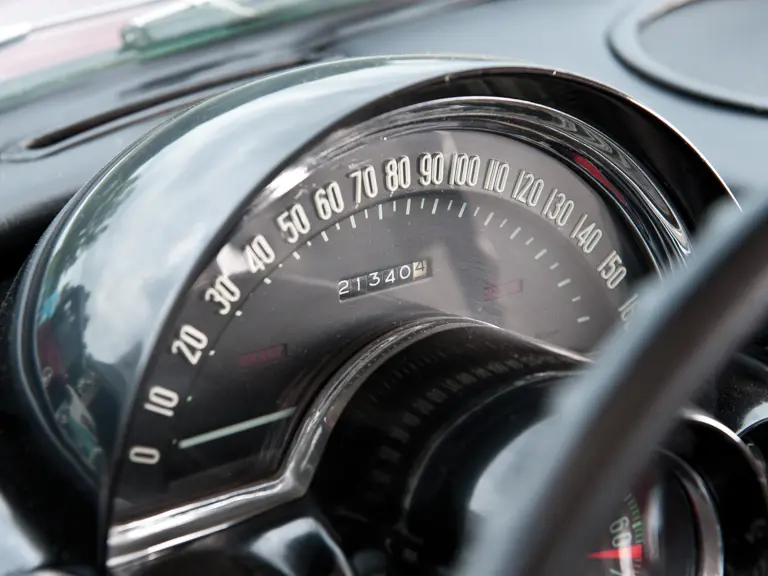
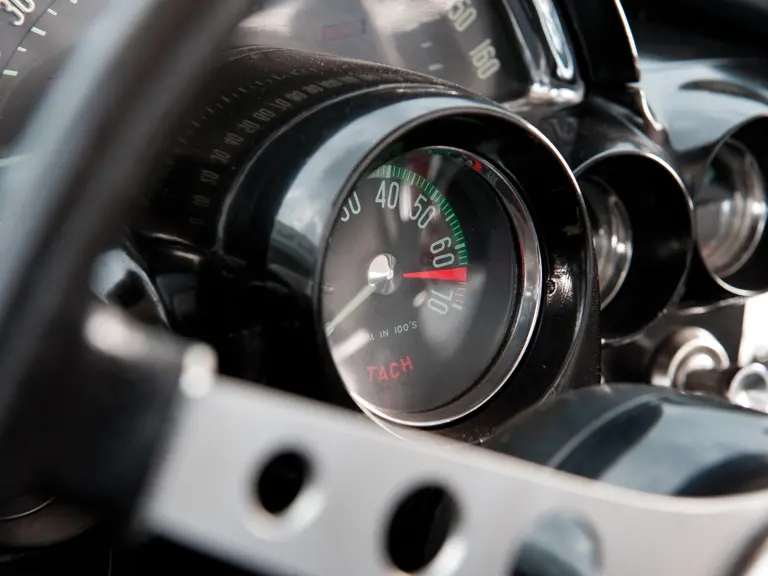
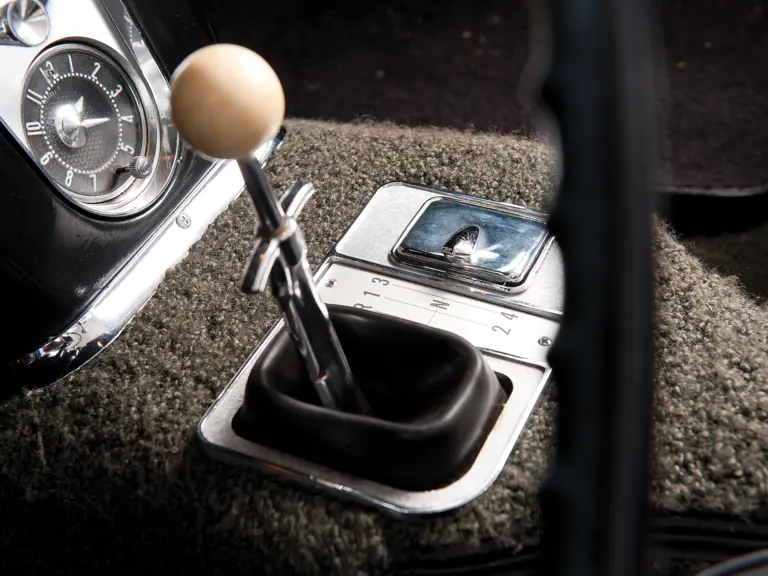
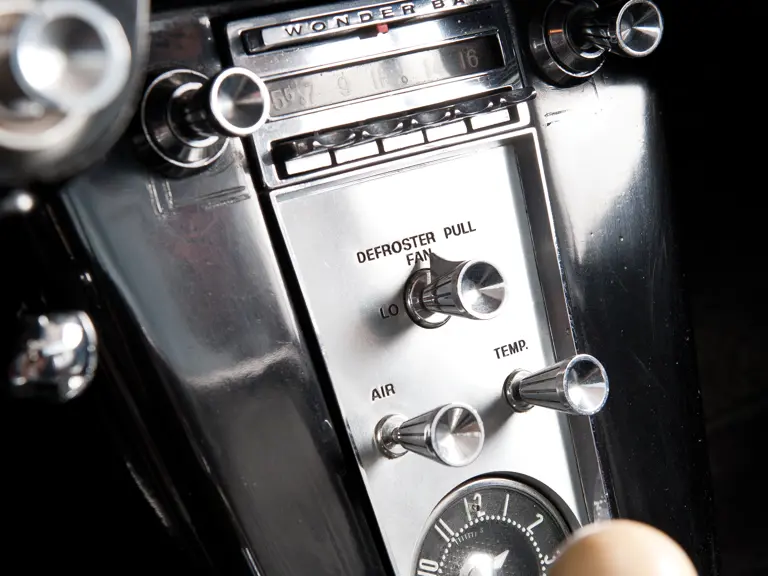
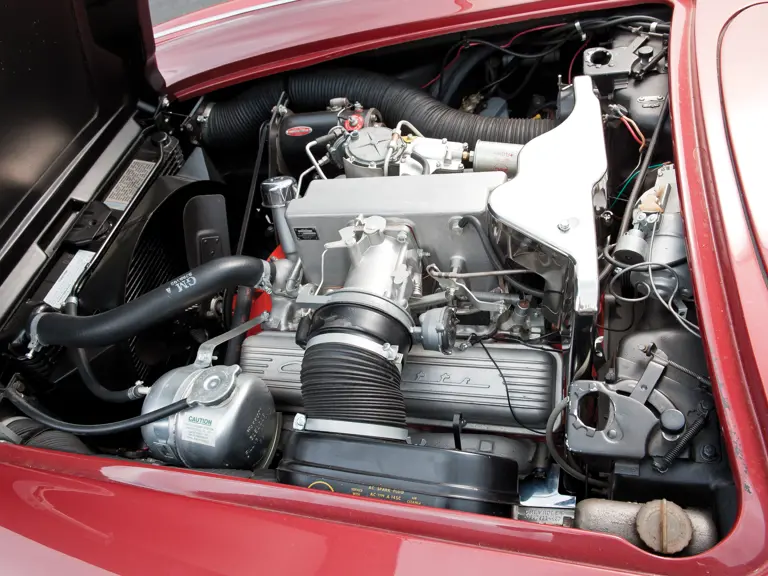


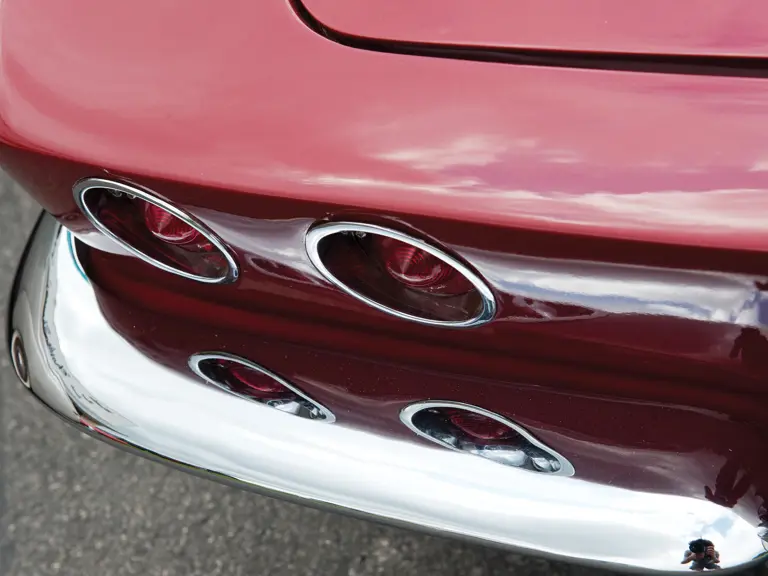
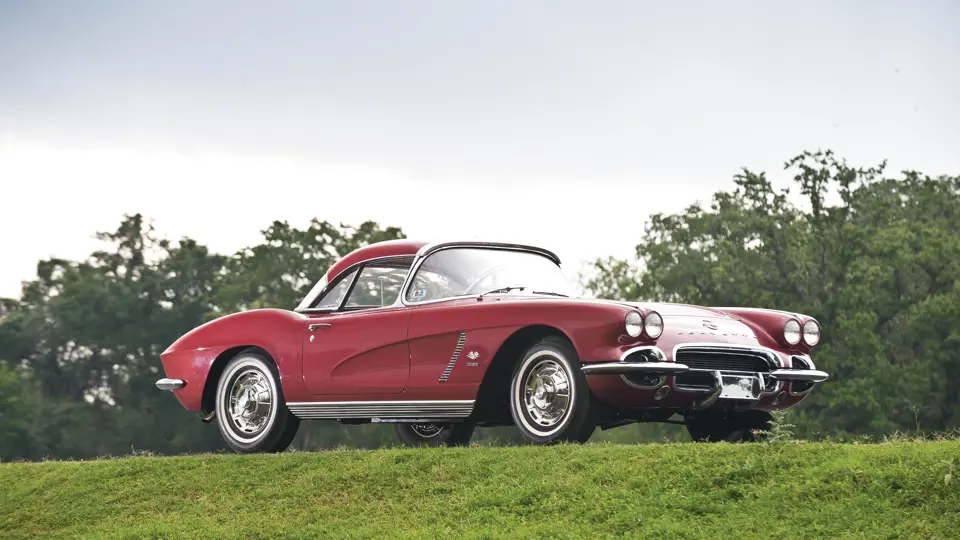
 | Grapevine, Texas
| Grapevine, Texas
